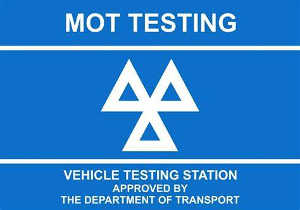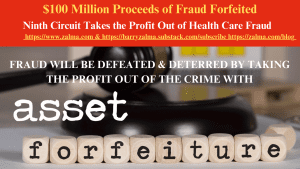Councils Want to Enforce More Yellow Box Junctions

27 local authorities have submitted proposals to enforce 111 yellow box junctions outside London and Cardiff, following the Government’s decision to grant them powers to enforce moving traffic offences.
However, a recent report commissioned by the RAC identified significant issues with 90% of these junctions which could potentially result in many private and motor trade new and used vehicle drivers being unfairly fined.
With the cost of living continually rising for things like food, fuel and insurance premiums, motorists need to spend every penny wisely, so it’s always worth shopping around for private and motor trade insurance policies.
Out of the 111 yellow box junctions, over 50% directly contravene the current government guidance, sometimes violating multiple counts.
The breaches include 40 junctions that obstruct driver visibility, 16 located on the side of the road opposite T-junctions, which the Department for Transport (DfT) deems as serving ‘no useful purpose,’ 18 that extend beyond junctions, potentially rendering them non-compliant with regulations, and 9 situated in non-permitted locations according to the regulations.
The RAC’s previous request to Sam Wright the chartered engineer commissioned to do the report, who also operates the Yellow Box Guru website, led to the creation of a report on best practices for enforcing box junctions.
This report exposed gaps in the DfT’s guidance and a general lack of knowledge and understanding, which could contribute to the issuance of numerous unjust fines.
Yellow boxes are intended to prevent the obstruction of ‘cross’ or ‘through’ traffic movements, so any fine issued in a box that does not protect such movements is unnecessary.
The two primary issues with the yellow box junctions proposed for enforcement by councils are visibility and size, aspects already covered in the official guidance and reinforced by the former Chief Adjudicator of the Traffic Penalty Tribunal.
Drivers must have clear visibility of the box and know where it ends to comply with their duty of entering it only when their exit is clear.
Fines become unfair when visibility is compromised. Unfortunately, many of the proposed boxes fail to meet this requirement due to blocked visibility, excessively large size making it difficult for drivers to determine the endpoint, or inadequate coverage of cross movements.
The report’s findings indicate that over 80% of the boxes earmarked for enforcement are unnecessarily large, and over 35% of the boxes suffer from visibility issues.
In certain cases, drivers are unable to discern the presence of a box due to faded road markings, let alone determine its endpoint.
Sam Wright explained that visibility issues can arise from road layout, topography, buildings, box length, street furniture, trees, or a combination of these factors.
While some boxes are currently barely visible due to a lack of maintenance, it is assumed that the lines will be refreshed before enforcement.
Nevertheless, no proposal has adequately reviewed the visibility of the box from a driver’s perspective. Adding to the problem, adverse weather conditions, poor lighting, and other vehicles exacerbate the poor visibility situation.
This raises concerns, particularly considering that enforcement is conducted via high-mounted cameras.
The RAC review also discovered that councils intend to enforce 16 boxes located on the far side of T-junctions, contrary to DfT guidance stating that a half-box on the side of the road opposite a T-junction generally serves no useful purpose.

Additionally, there are 18 boxes that extend beyond junctions, potentially violating regulations based on previous rulings by adjudicators in London.
Although their purposelessness is clear, it remains uncertain whether these boxes breach the regulations, as the DfT does not precisely specify the starting and ending points of junctions.
Furthermore, nine proposed junctions are located in areas not stipulated in the Traffic Signs Regulations and General Directions (2016).
These include boxes at roundabouts and gyratories without traffic lights, as well as those outside private car parks.
Hertfordshire initially planned to enforce a junction outside a private car park but abandoned the idea after launching its consultation.
Simon Williams, RAC roads spokesperson, said: “We urge the Government to carry out an urgent review of its yellow box junction guidance and clarify what is and isn’t enforceable. It’s vital that size and visibility issues are resolved once and for all.




